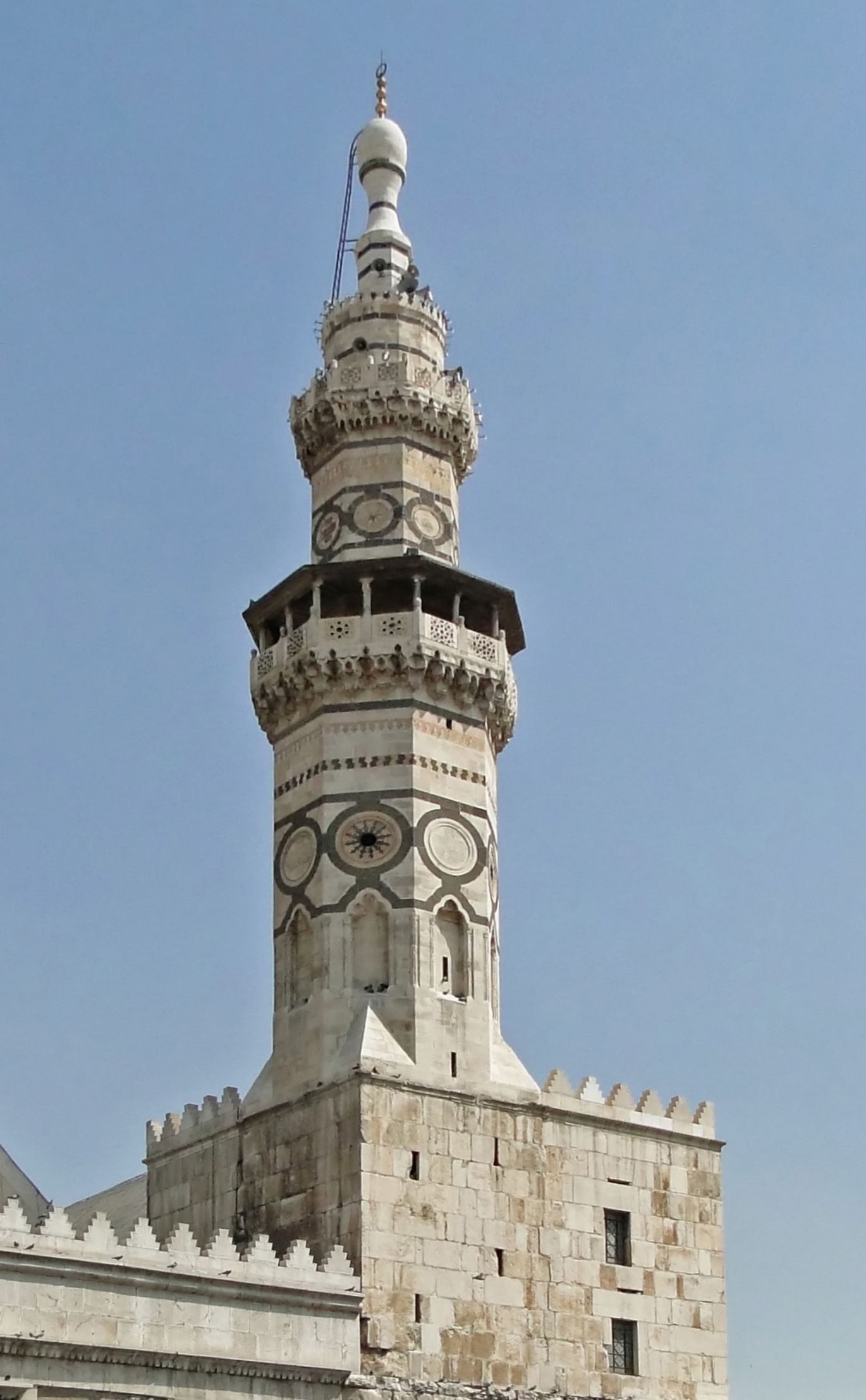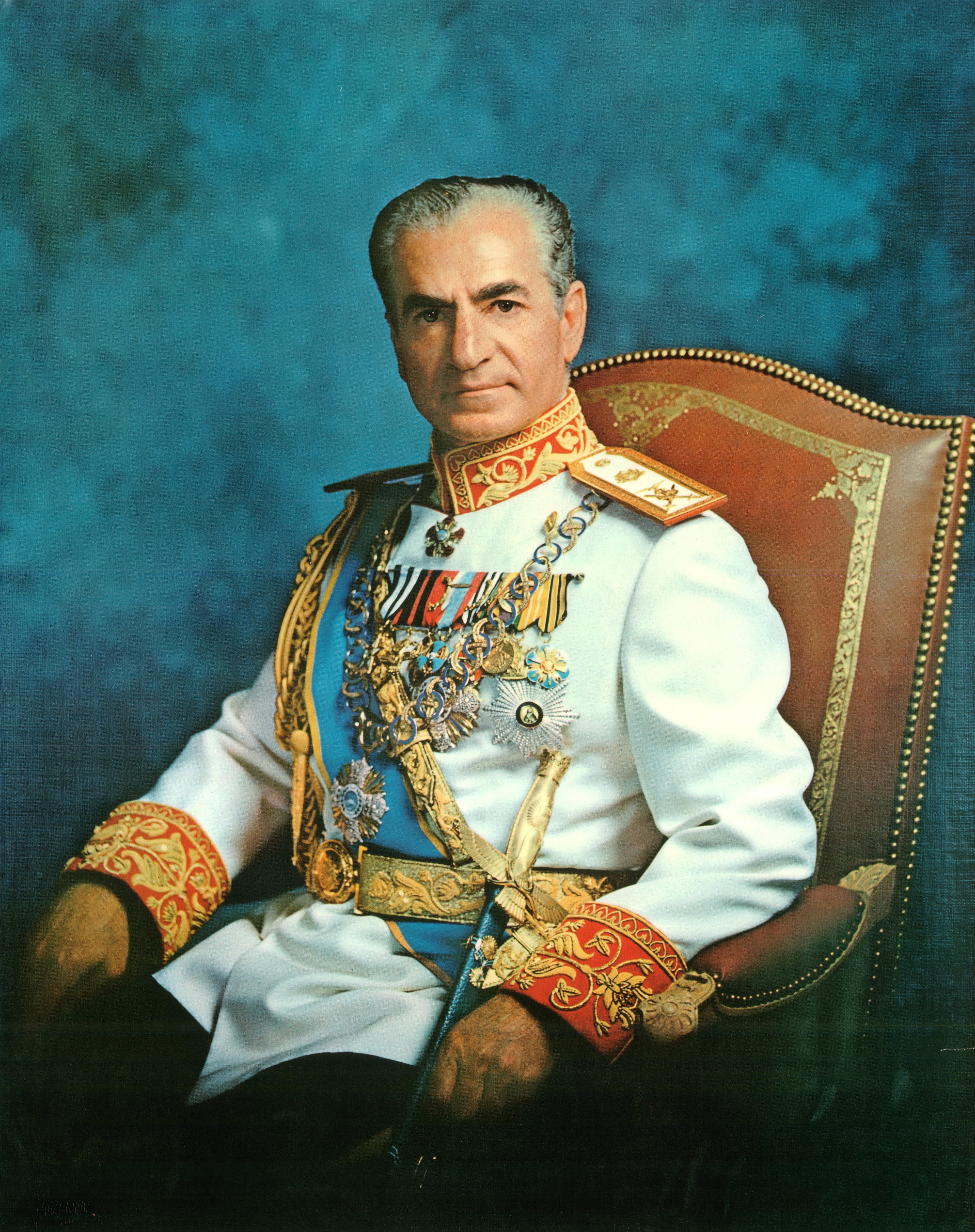|
Goharshad Mosque
Goharshad Mosque ( fa, مسجد گوهرشاد) is a grand congregational mosque built during the Timurid period in Mashhad, Razavi Khorasan Province, Iran, which now serves as one of the prayer halls within the Imam Reza shrine complex. History It was built by the order of Empress Goharshad, the wife of Shah Rukh of the Timurid dynasty in 1418 CE. The architect of the edifice was Ghavameddin Shirazi, who is responsible for so many of Shah Rukh's great buildings, with the architectural and decorative manpower supplied from Shiraz and Isfahan. The mosque underwent some renovations during the Safavid and Qajar eras. It has four '' iwans'' and a courtyard measuring , as well as several '' shabestans''. Various inscriptions found on mosaic tile work inside the mosque and its courtyard mention the names of Safavid shahs such as Shah Abbas, Shah Soltan Hussayn, Shah Soleyman Safavid and describe their devotion to the Shrine and the contributions they made to the mosque. The doub ... [...More Info...] [...Related Items...] OR: [Wikipedia] [Google] [Baidu] |
Mashhad
Mashhad ( fa, مشهد, Mašhad ), also spelled Mashad, is the second-most-populous city in Iran, located in the relatively remote north-east of the country about from Tehran. It serves as the capital of Razavi Khorasan Province and has a population of 3,001,184 (2016 census), which includes the areas of Mashhad Taman and Torqabeh. The city has been governed by different ethnic groups over the course of its history. Mashhad was once a major oasis along the ancient Silk Road connecting with Merv to the east. It enjoyed relative prosperity in the Mongol period. The city is named after the shrine of Imam Reza, the eighth Shia Imam, who was buried in a village in Khorasan which afterward gained the name, meaning the "place of martyrdom". Every year, millions of pilgrims visit the Imam Reza shrine. The Abbasid caliph Harun al-Rashid is also buried within the same shrine. Mashhad is also known colloquially as the city of Ferdowsi, after the Iranian poet who composed the ''S ... [...More Info...] [...Related Items...] OR: [Wikipedia] [Google] [Baidu] |
Shabestan
A shabestan or shabistan ( fa, ; Old Persian ''xšapā.stāna'') is an underground space that can be usually found in traditional architecture of mosques, houses, and schools in ancient Iran. These spaces were usually used during summers and could be ventilated by windcatchers and qanats. During the Sasanian Empire and the subsequent Islamic periods, "shabestan" also referred to inner sanctums of the shahs where their concubines resided. Later these structures came to be called '' zanāneh'' (feminine residence), '' andaruni'' (inner private zone) and ''haram'' (from Arabic harem). Cooling A shabestan can be cooled using a qanat in conjunction with a windcatcher. A windcatcher is a chimney-like structure positioned above the house; the one of its four openings opposite the wind direction is opened to move air out of the house. Incoming air is pulled from a qanat below the house. The air flow across the vertical shaft opening creates a lower pressure (see Bernoulli effect ... [...More Info...] [...Related Items...] OR: [Wikipedia] [Google] [Baidu] |
Mosaic
A mosaic is a pattern or image made of small regular or irregular pieces of colored stone, glass or ceramic, held in place by plaster/mortar, and covering a surface. Mosaics are often used as floor and wall decoration, and were particularly popular in the Ancient Roman world. Mosaic today includes not just murals and pavements, but also artwork, hobby crafts, and industrial and construction forms. Mosaics have a long history, starting in Mesopotamia in the 3rd millennium BC. Pebble mosaics were made in Tiryns in Mycenean Greece; mosaics with patterns and pictures became widespread in classical times, both in Ancient Greece and Ancient Rome. Early Christian basilicas from the 4th century onwards were decorated with wall and ceiling mosaics. Mosaic art flourished in the Byzantine Empire from the 6th to the 15th centuries; that tradition was adopted by the Norman Kingdom of Sicily in the 12th century, by the eastern-influenced Republic of Venice, and among the Rus. Mosaic fell ... [...More Info...] [...Related Items...] OR: [Wikipedia] [Google] [Baidu] |
Revetment
A revetment in stream restoration, river engineering or coastal engineering is a facing of impact-resistant material (such as stone, concrete, sandbags, or wooden piles) applied to a bank or wall in order to absorb the energy of incoming water and protect it from erosion. River or coastal revetments are usually built to preserve the existing uses of the shoreline and to protect the slope. In military engineering it is a sloped structure formed to secure an area from artillery, bombing, or stored explosives. Freshwater revetments Many revetments are used to line the banks of freshwater rivers, lakes, and man-made reservoirs, especially to prevent damage during periods of floods or heavy seasonal rains (see riprap). Many materials may be used: wooden piles, loose-piled boulders or concrete shapes, or more solid banks. Concrete revetments are the most common type of infrastructure used to control the Mississippi River. More than of concrete matting has been placed in river ... [...More Info...] [...Related Items...] OR: [Wikipedia] [Google] [Baidu] |
Minaret
A minaret (; ar, منارة, translit=manāra, or ar, مِئْذَنة, translit=miʾḏana, links=no; tr, minare; fa, گلدسته, translit=goldaste) is a type of tower typically built into or adjacent to mosques. Minarets are generally used to project the Muslim call to prayer ('' adhan''), but they also served as landmarks and symbols of Islam's presence. They can have a variety of forms, from thick, squat towers to soaring, pencil-thin spires. Etymology Two Arabic words are used to denote the minaret tower: ''manāra'' and ''manār''. The English word "minaret" originates from the former, via the Turkish version (). The Arabic word ''manāra'' (plural: ''manārāt'') originally meant a "lamp stand", a cognate of Hebrew ''menorah''. It is assumed to be a derivation of an older reconstructed form, ''manwara''. The other word, ''manār'' (plural: ''manā'ir'' or ''manāyir''), means "a place of light". Both words derive from the Arabic root ''n-w-r'', which has a mea ... [...More Info...] [...Related Items...] OR: [Wikipedia] [Google] [Baidu] |
Bevel
A bevelled edge (UK) or beveled edge (US) is an edge of a structure that is not perpendicular to the faces of the piece. The words bevel and chamfer overlap in usage; in general usage they are often interchanged, while in technical usage they may sometimes be differentiated as shown in the image at right. A bevel is typically used to soften the edge of a piece for the sake of safety, wear resistance, or aesthetics; or to facilitate mating with another piece. Applications Cutting tools Most cutting tools have a bevelled edge which is apparent when one examines the grind. Bevel angles can be duplicated using a sliding T bevel. Graphic design Typographic bevels are shading and artificial shadows that emulate the appearance of a 3-dimensional letter. The bevel is a relatively common effect in graphic editors such as Photoshop. As such, it is in widespread use in mainstream logos and other design elements. Glass and mirrors Bevelled edges are a common aesthetic nicety add ... [...More Info...] [...Related Items...] OR: [Wikipedia] [Google] [Baidu] |
Samarkand
fa, سمرقند , native_name_lang = , settlement_type = City , image_skyline = , image_caption = Clockwise from the top: Registan square, Shah-i-Zinda necropolis, Bibi-Khanym Mosque, view inside Shah-i-Zinda, Sher-Dor Madrasah in Registan, Timur's Mausoleum Gur-e-Amir. , image_alt = , image_flag = , flag_alt = , image_seal = Emblem of Samarkand.svg , seal_alt = , image_shield = , shield_alt = , etymology = , nickname = , motto = , image_map = , map_alt = , map_caption = , pushpin_map = Uzbekistan#West Asia#Asia , pushpin_map_alt = , pushpin_mapsize = 300 , pushpin_map_caption = Location in Uzbekistan , pushpin_label_position = , pushpin_relief = 1 , coordinates = , coor_pinpoint = ... [...More Info...] [...Related Items...] OR: [Wikipedia] [Google] [Baidu] |
Iranian Architecture
Iranian architecture or Persian architecture ( Persian: معمارى ایرانی, ''Memāri e Irāni'') is the architecture of Iran and parts of the rest of West Asia, the Caucasus and Central Asia. Its history dates back to at least 5,000 BC with characteristic examples distributed over a vast area from Turkey and Iraq to Uzbekistan and Tajikistan, and from the Caucasus to Zanzibar. Persian buildings vary from peasant huts to tea houses, and garden pavilions to "some of the most majestic structures the world has ever seen". In addition to historic gates, palaces, and mosques, the rapid growth of cities such as the capital Tehran has brought about a wave of demolition and new construction. Iranian architecture displays great variety, both structural and aesthetic, from a variety of traditions and experience. Without sudden innovations, and despite the repeated trauma of invasions and cultural shocks, it has achieved "an individuality distinct from that of other Muslim co ... [...More Info...] [...Related Items...] OR: [Wikipedia] [Google] [Baidu] |
Islamic Revolution
The Iranian Revolution ( fa, انقلاب ایران, Enqelâb-e Irân, ), also known as the Islamic Revolution ( fa, انقلاب اسلامی, Enqelâb-e Eslâmī), was a series of events that culminated in the overthrow of the Pahlavi dynasty under Shah Mohammad Reza Pahlavi, and the replacement of his government with an Islamic republic under the rule of Ayatollah Ruhollah Khomeini, a leader of one of the factions in the revolt. The revolution was supported by various leftist and Islamist organizations. After the 1953 Iranian coup d'état, Pahlavi had aligned with the United States and the Western Bloc to rule more firmly as an authoritarian monarch. He relied heavily on support from the United States to hold on to power which he held for a further 26 years. This led to the 1963 White Revolution and the arrest and exile of Ayatollah Khomeini in 1964. Amidst massive tensions between Khomeini and the Shah, demonstrations began in October 1977, developing into a campaign ... [...More Info...] [...Related Items...] OR: [Wikipedia] [Google] [Baidu] |
Mohammad Reza Pahlavi
Mohammad Reza Pahlavi ( fa, محمدرضا پهلوی, ; 26 October 1919 – 27 July 1980), also known as Mohammad Reza Shah (), was the last ''Shah'' (King) of the Imperial State of Iran from 16 September 1941 until his overthrow in the Iranian Revolution on 11 February 1979. Owing to his status, he was usually known as the Shah. Mohammad Reza Shah took the title ''Shahanshah'' ("King of Kings") on 26 October 1967 and held several other titles, including that of ''Aryamehr'' ("Light of the Aryans") and ''Commander-in-Chief of the Iranian Armed Forces, Bozorg Arteshtaran'' ("Commander-in-Chief"). He was the second and last monarch of the Pahlavi dynasty, House of Pahlavi. His dream of what he referred to as a "Great Civilization" ( fa, links=no, تمدن بزرگ, tamadon-e bozorg) in Iran led to a rapid industrial and military modernization, as well as economic and social reforms. Mohammad Reza came to power during World War II after the Anglo-Soviet invasion of Iran, Anglo-S ... [...More Info...] [...Related Items...] OR: [Wikipedia] [Google] [Baidu] |
Goharshad Mosque Rebellion
The Goharshad Mosque rebellion ( fa, شورش مسجد گوهرشاد) took place in August 1935, when a backlash against the westernizing and secularist policies of Reza Shah of the Pahlavi dynasty erupted in the Imam Reza Shrine in Mashhad, Iran. The incident is described as a "bloody event". Background The Shah's violent Westernization campaign against Shiite society saw a spike in hostilities with the regime in the summer of 1935 when Reza Shah banned traditional Islamic clothing and ordered all men be forced to wear European-style bowler hats.Milani, Farzaneh (1992). ''Veils and Words: The Emerging Voices of Iranian Women Writers'', Syracuse, New York: Syracuse University Press, pp. 19, 34–37, Majd, Mohammad Gholi (2001). ''Great Britain and Reza Shah: The Plunder of Iran, 1921–1941'', Gainesville: University Press of Florida, pp. 209–213, 217–218, Katouzian, Homa (2003). "2. Riza Shah's Political Legitimacy and Social Base, 1921–1941" in Cronin, Stephanie: '' ... [...More Info...] [...Related Items...] OR: [Wikipedia] [Google] [Baidu] |





.jpg)
